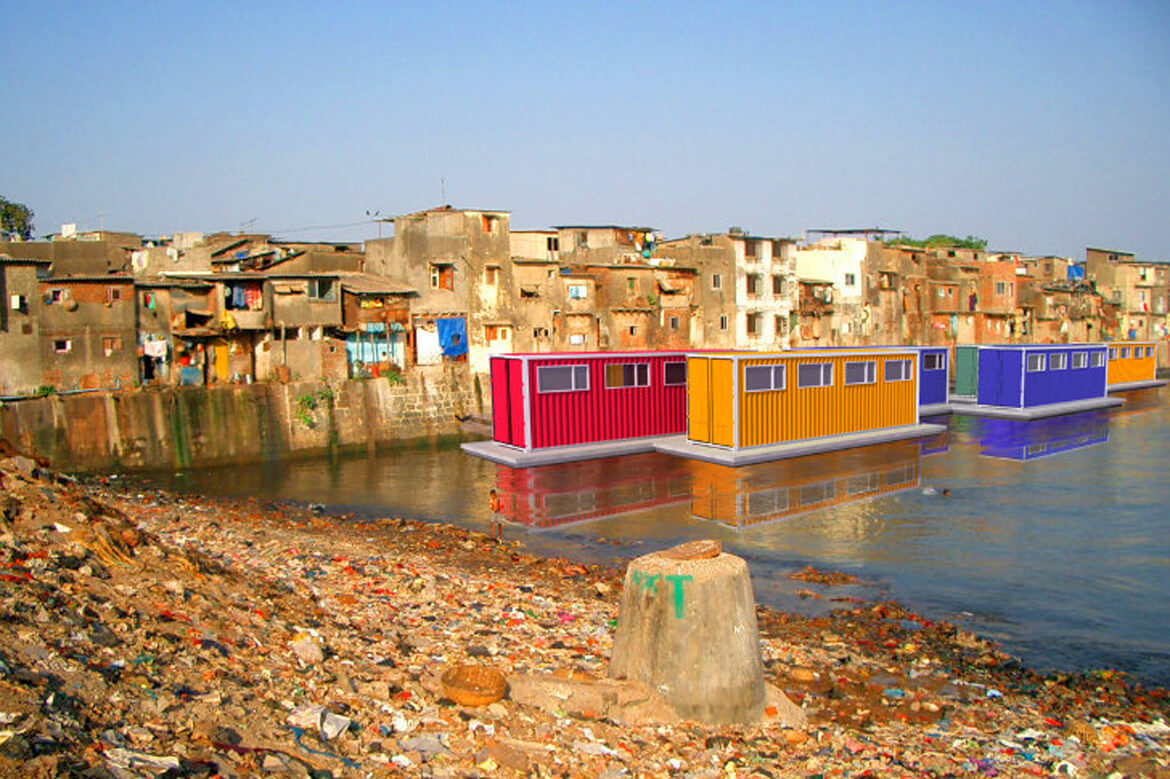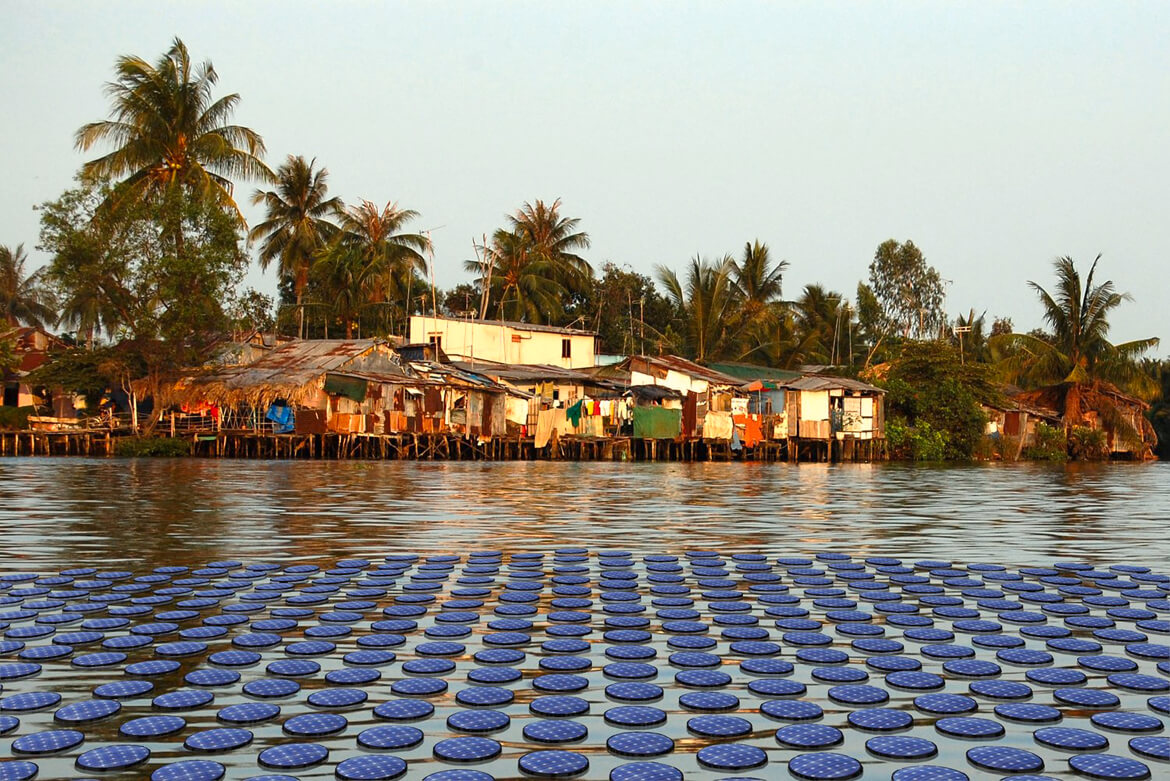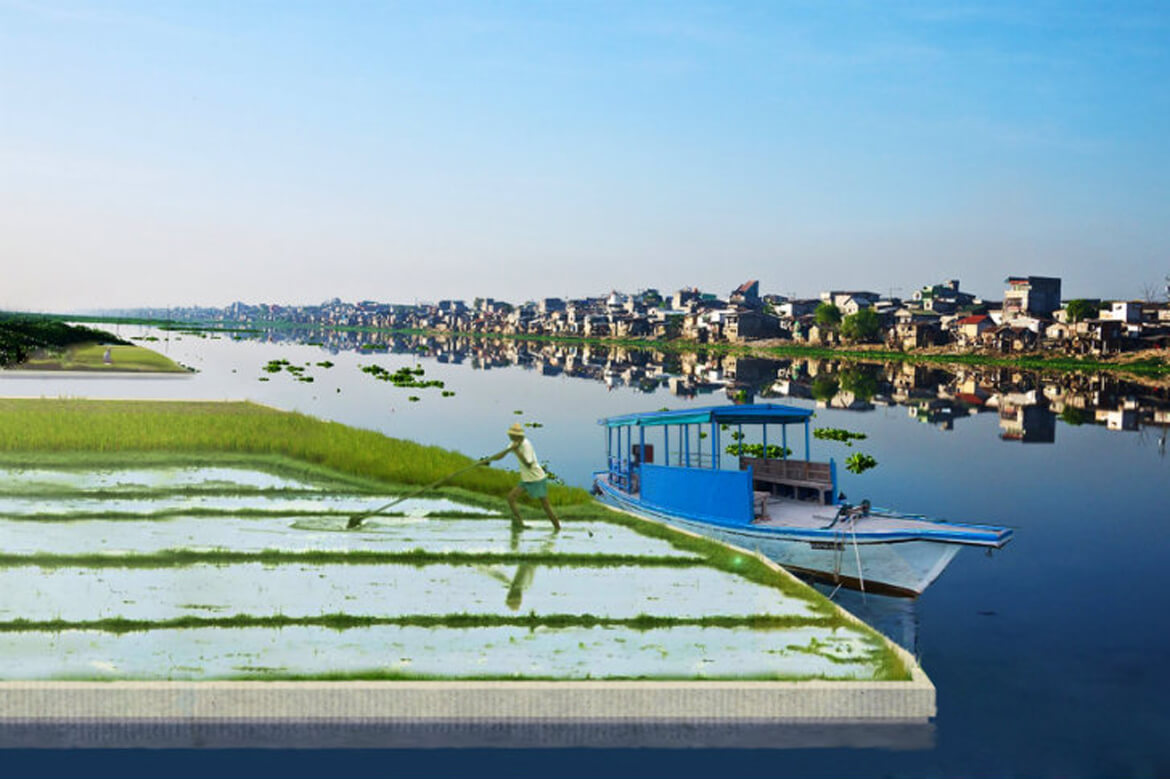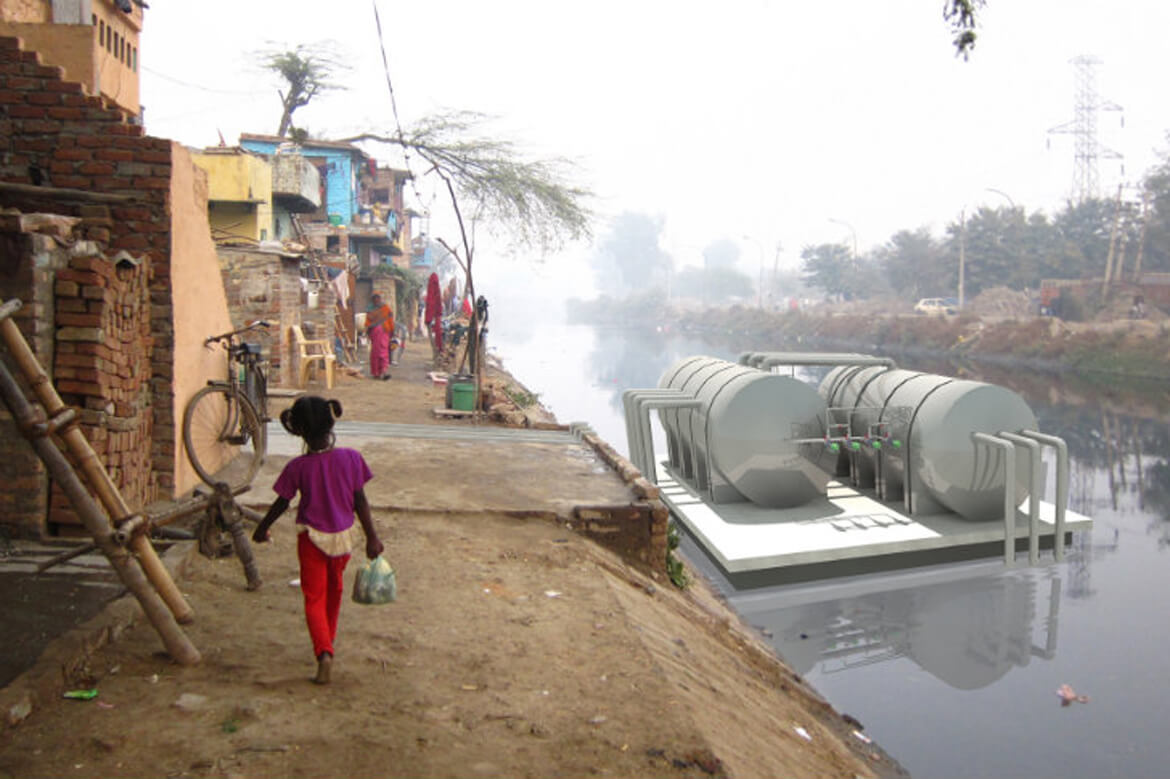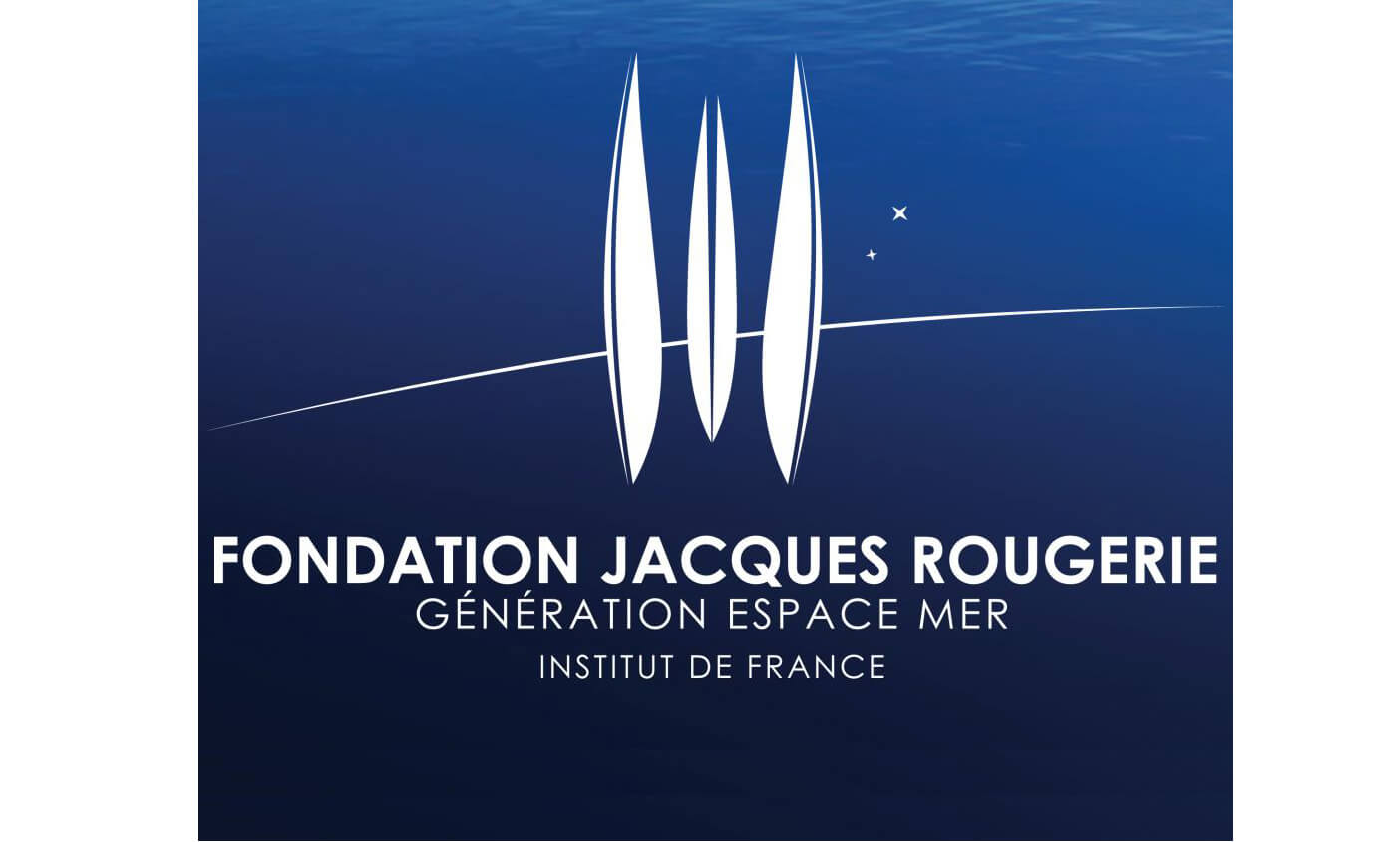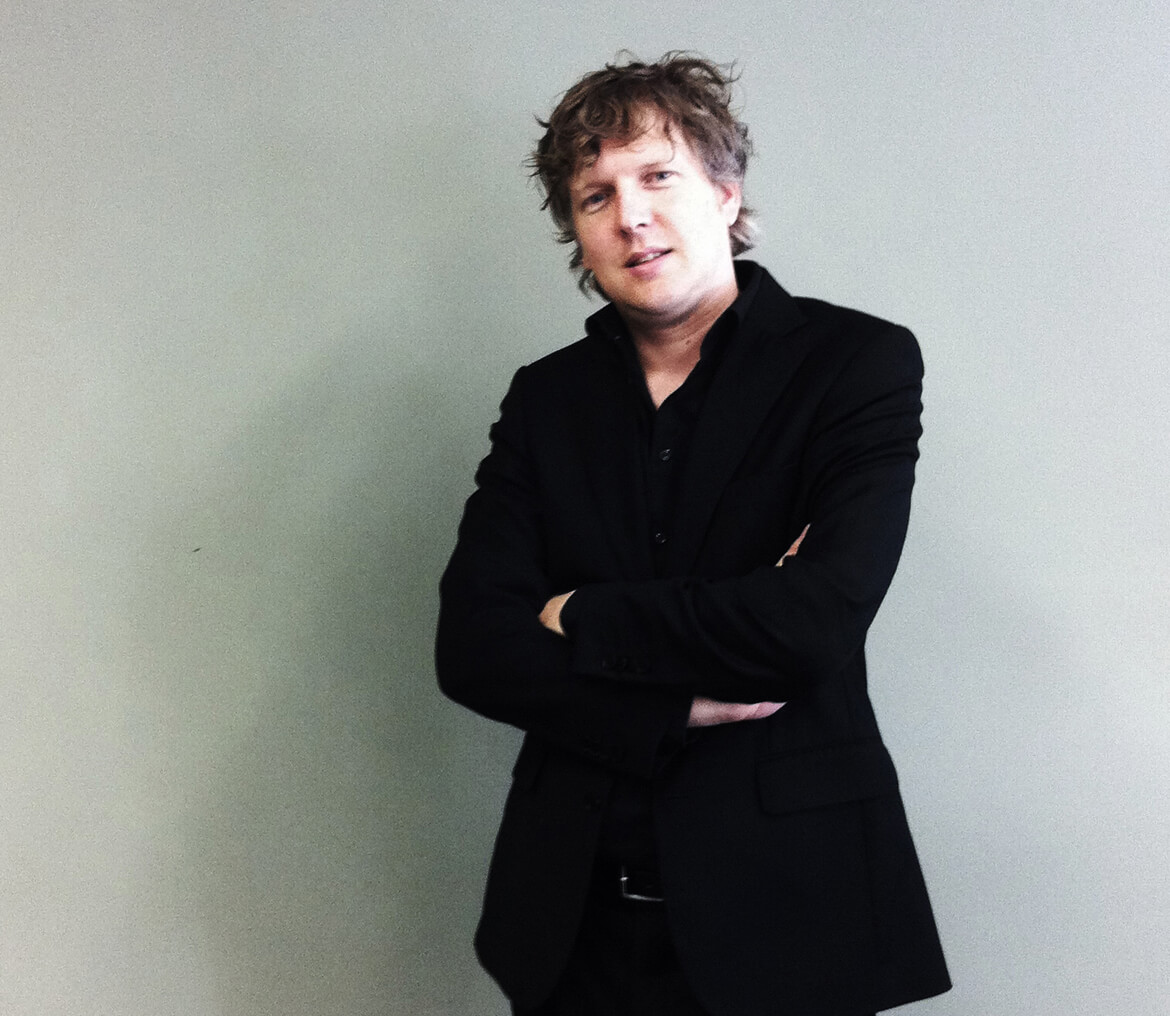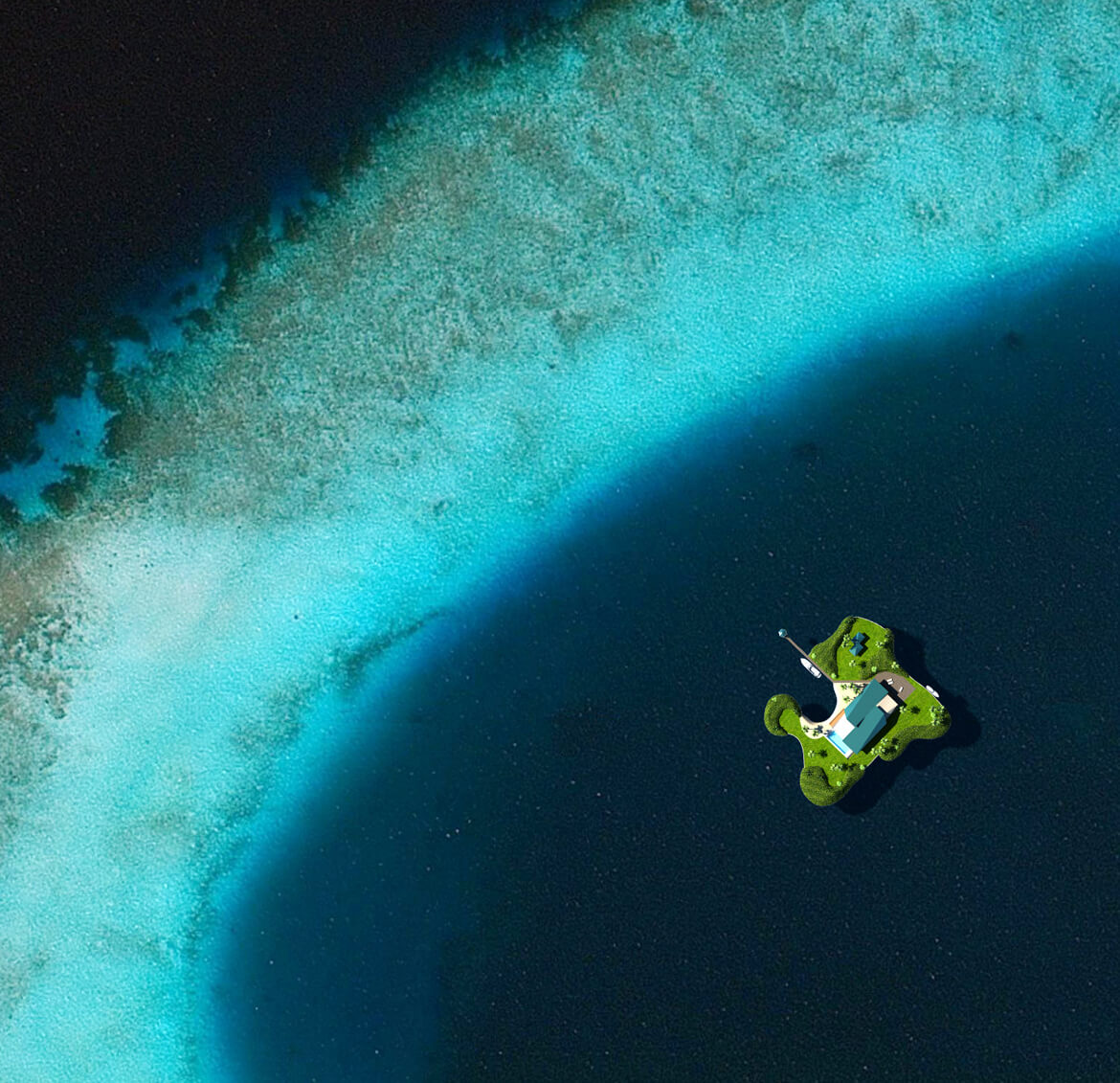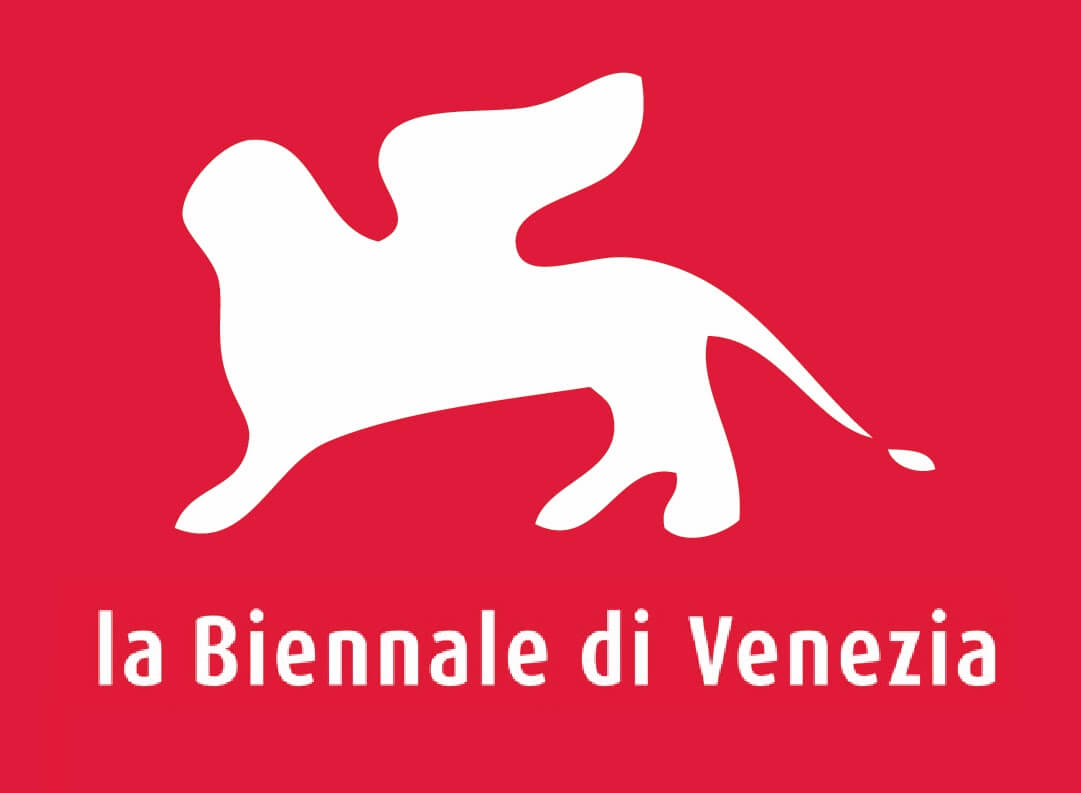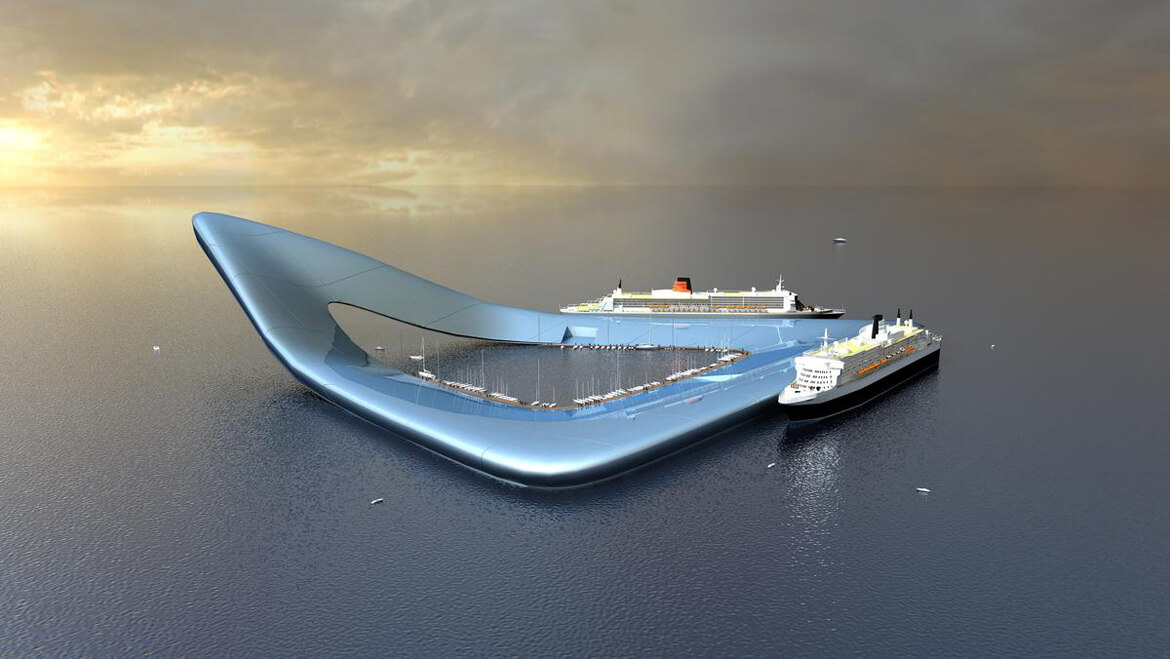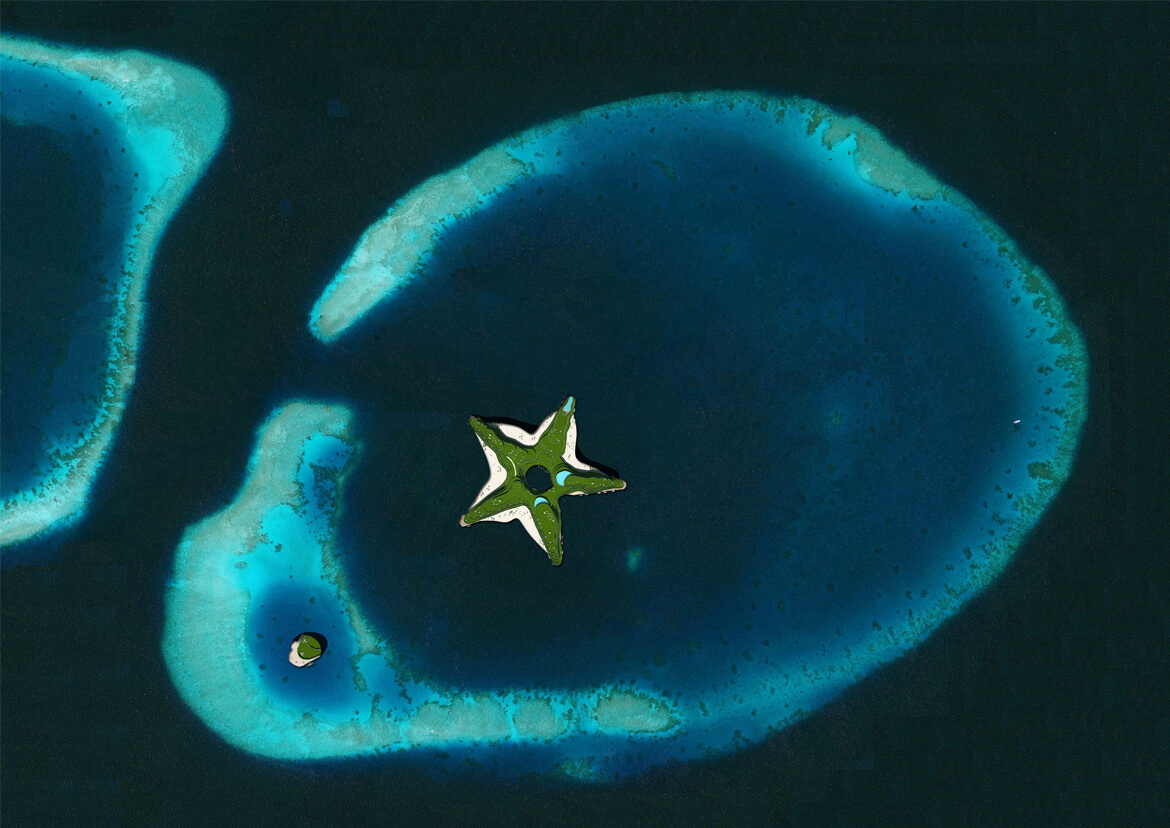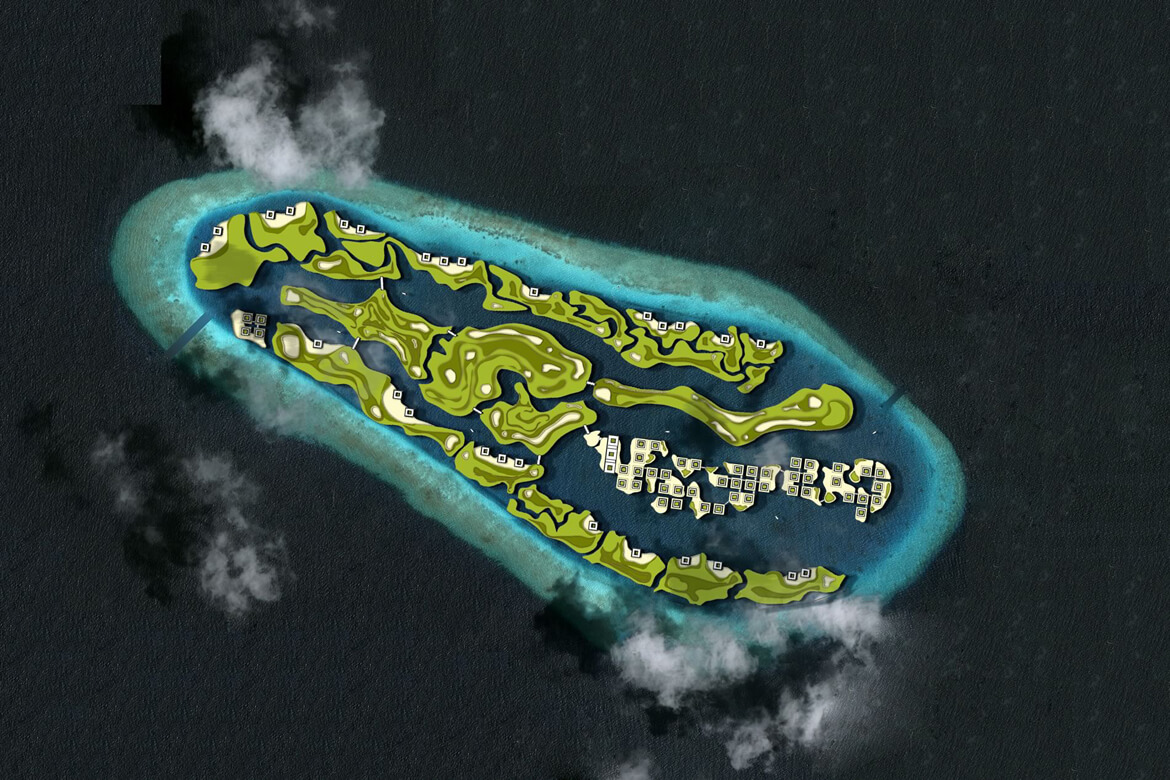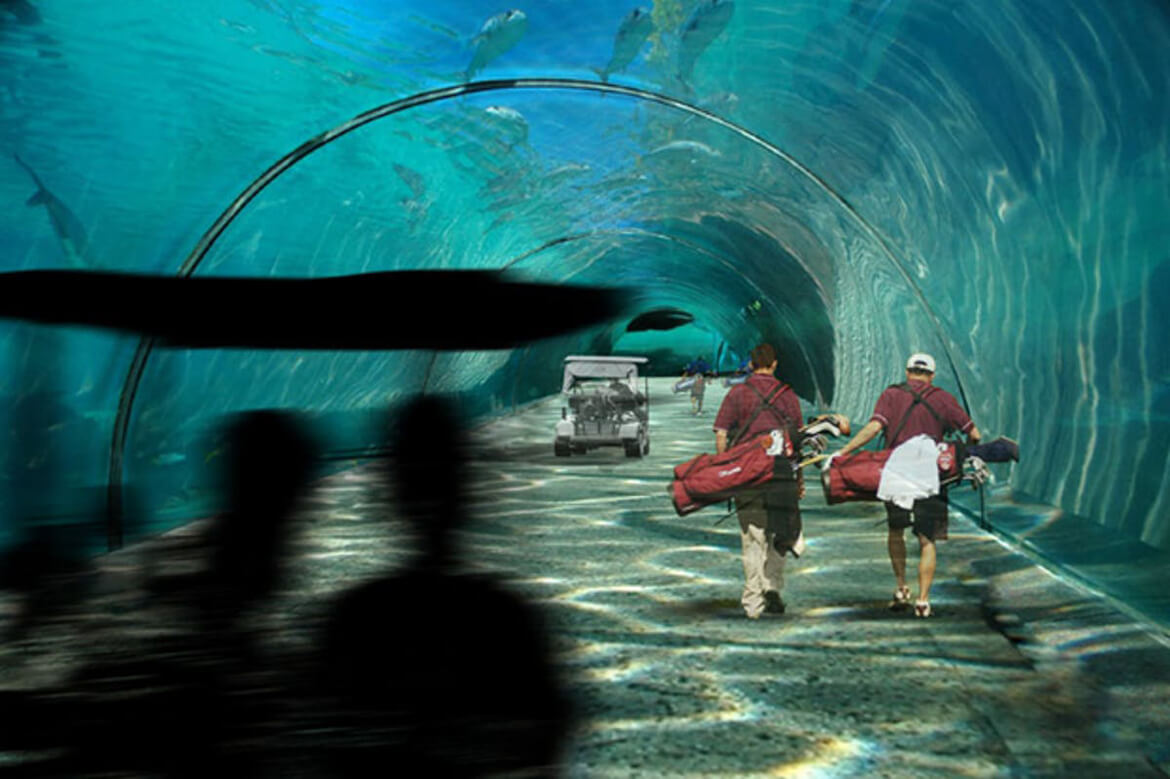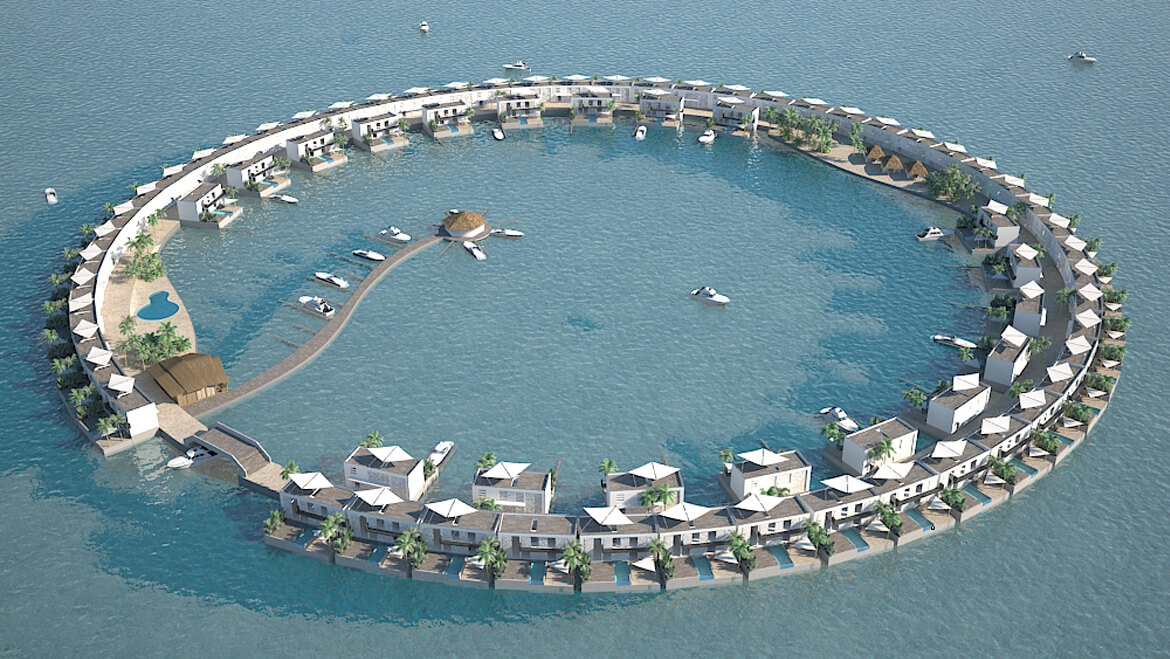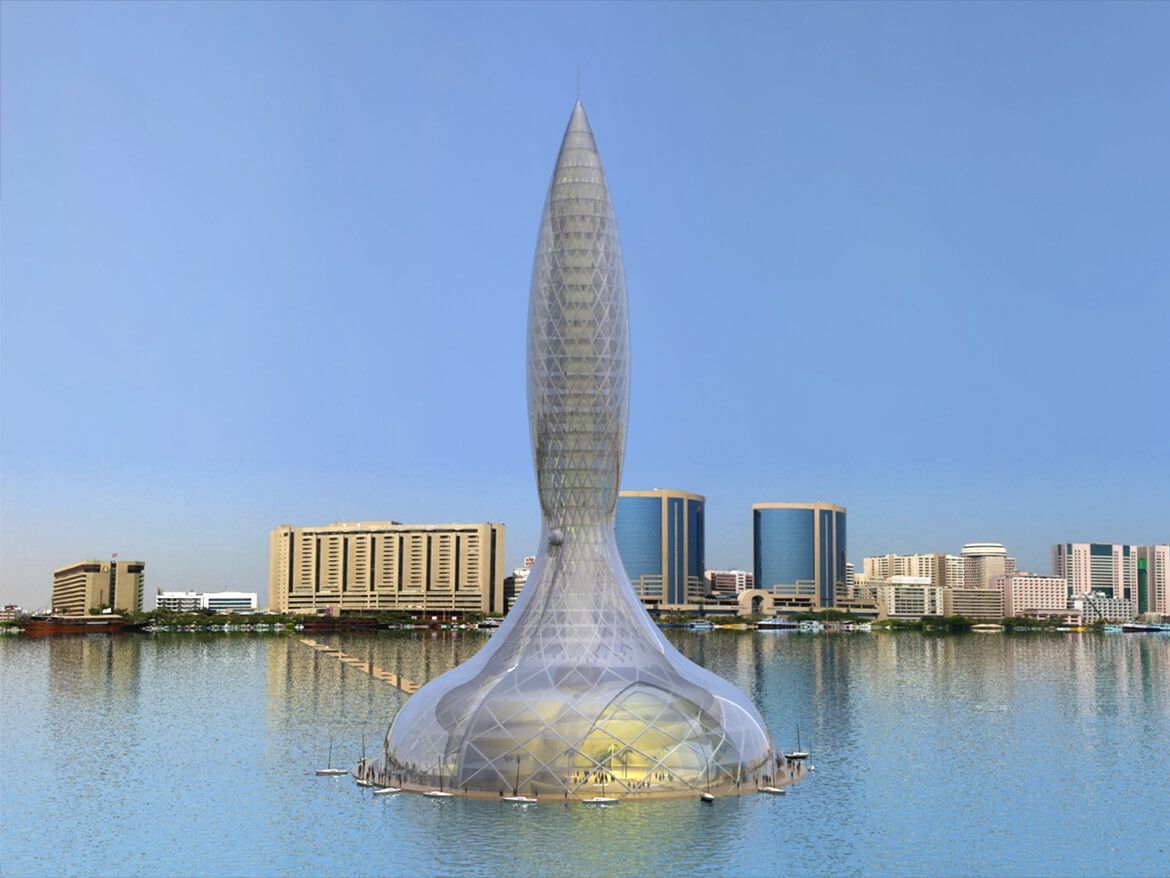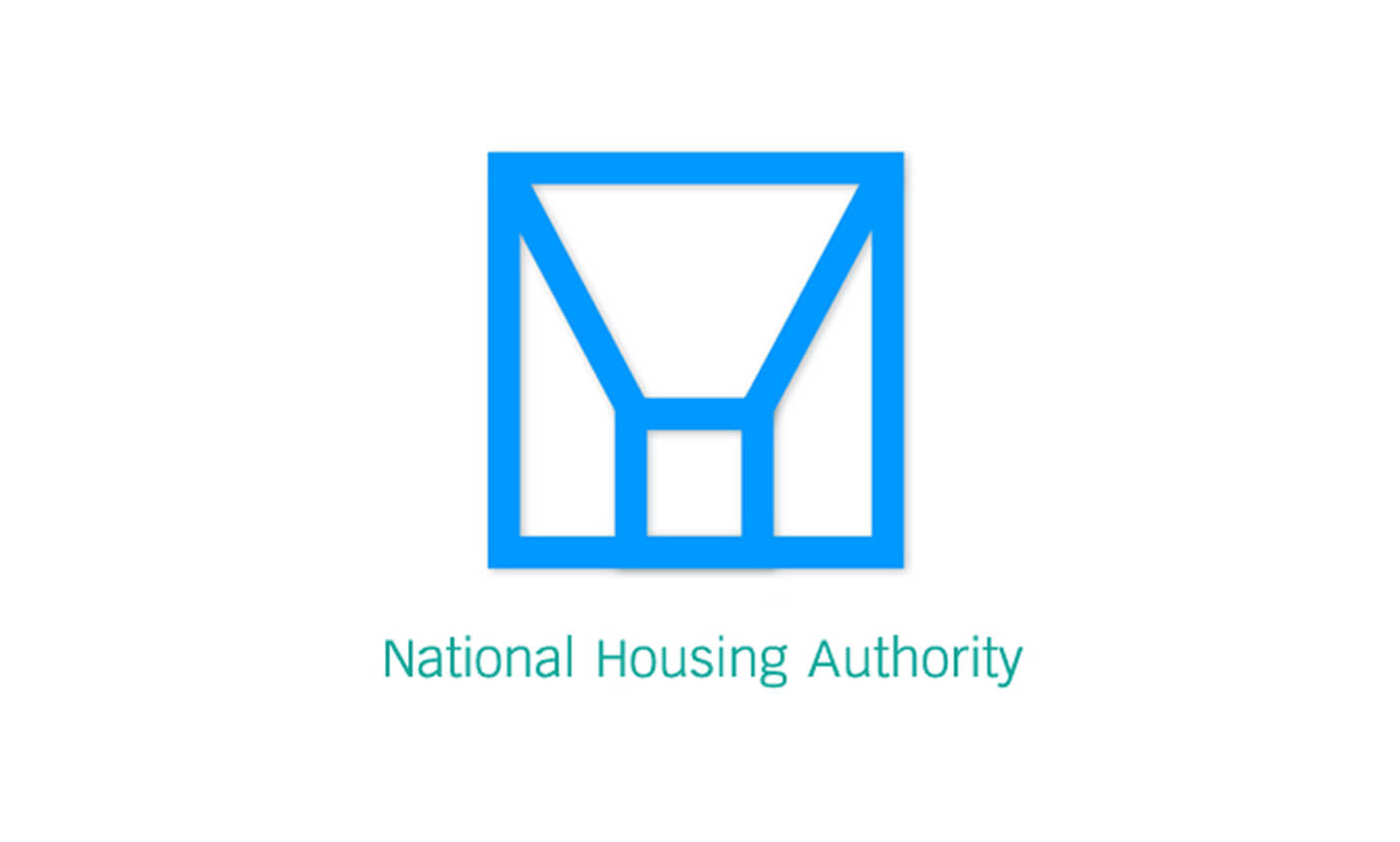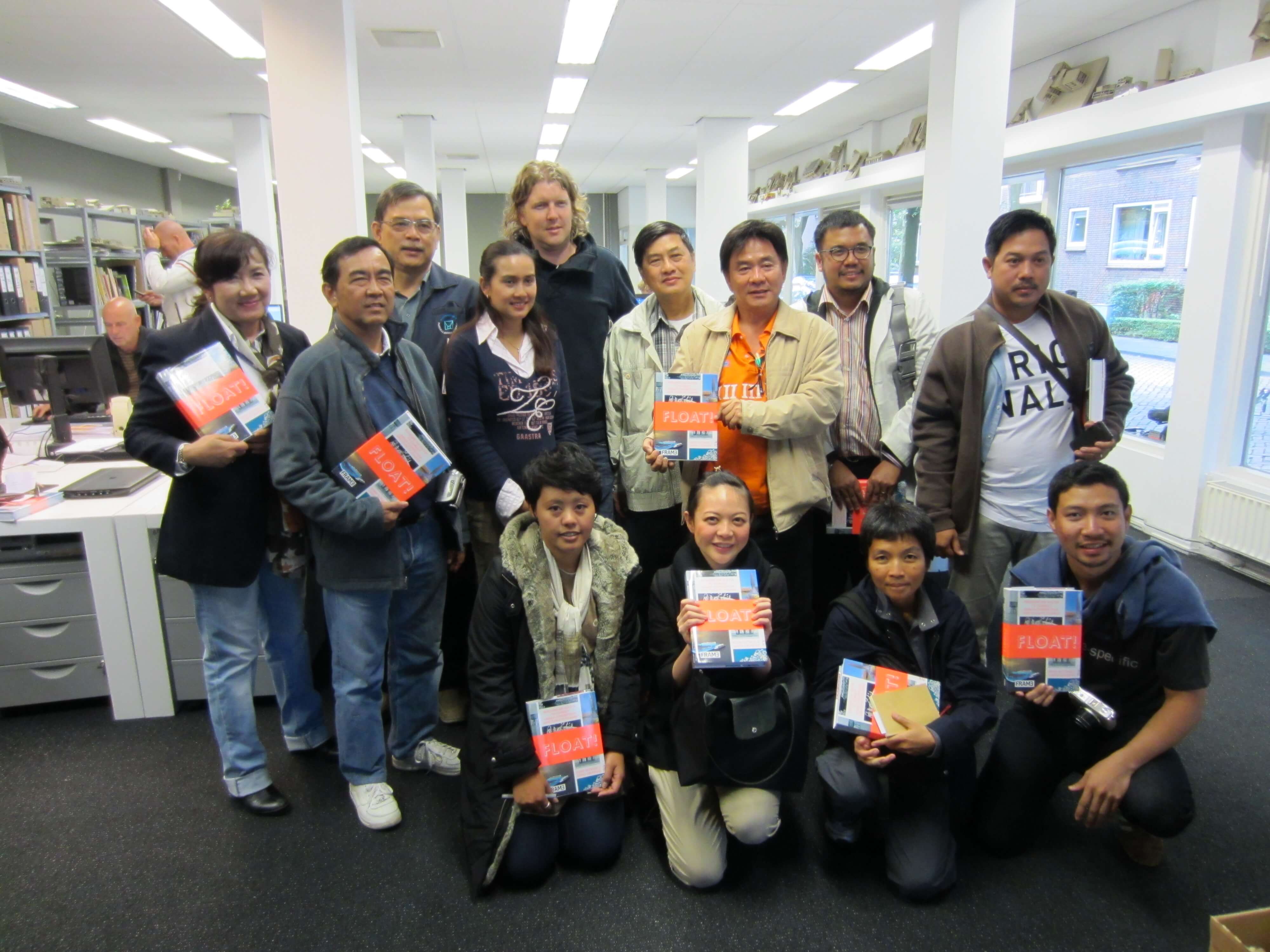Waterstudio wins Architecture & Sealevelrise Award
Waterstudio has won the prestigious “Architecture & Sea Level Rise” Award 2012 from the Jacques Rougerie foundation with their entry: App-grading Wet Slums.
“Architecture & Sea Level Rise” Award 2012 for App-grading Wet Slums
Koen Olthuis and his Waterstudio team have won the prestigious “Architecture & Sea Level Rise” Award 2012 from the Jacques Rougerie foundation with their entry: App-grading Wet Slums.
Koen Olthuis’ architectural firm Waterstudio aims to upgrade slums by using floating urban structures called City Apps. City Apps are, essentially, floating functions that can easily be added to a city by placing them on water where needed.
Wet Slums are characterized by high density, a scarcity of free space and are located by the water. By using floating solutions new space is found on water. City Apps offer a flexible and adaptable design, creating solutions for the specific needs of each area. City Apps are catalyst functions.
A set of City Apps are developed for Wet Slums that provide food, sanitation, shelter and energy. Floating technology that has been used in projects for the “rich” will now be used for the people that really are in need.
City Apps are envisioned as products instead of projects which makes them reusable as they can be easily moved elsewhere once they are not needed. In this approach, City Apps are leased out to the local community.
The prize money provided by the foundation will be used to implement the first City App in the Korail Wet Slum in Dhaka, Bangladesh.
Official name of the award and foundation: Laureate 2012 – Promo Emmanuel Hervé – “Architecture & Sea Level Rise” Award from the Fondation Jacques
Rougerie – Génération Espace Mer – Institut de France.
